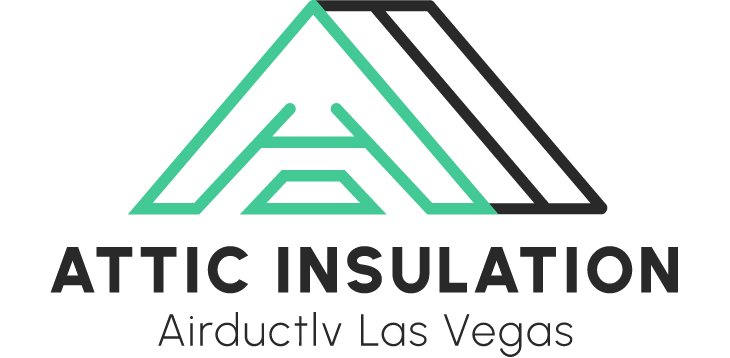Your attic is often one of the most neglected areas of your home. But did you know that proper attic insulation can make a big difference in your energy bills and your comfort? In this guide, we’ll walk you through the step-by-step process of insulating your attic, so you can enjoy a warmer home in the winter and a cooler home in the summer.
Benefits of Attic Insulation
Before we dive into the installation process, let’s take a look at the benefits of attic insulation:
- Reduced energy costs: A well-insulated attic can help you save up to 30% on your heating and cooling bills.
- Improved indoor air quality: Insulation helps to keep out dust, pollen, and other allergens.
- Increased comfort: A properly insulated attic will help to keep your home more comfortable year-round.
- Reduced wear and tear on your HVAC system: Insulation helps to protect your HVAC system from extreme temperatures, which can extend its lifespan.
Types of Insulation
There are a few different types of insulation that can be used in your attic. The most common types are:
- Fiberglass batts: Fiberglass batts are made of thin strips of fiberglass that are held together with a paper backing. They are easy to install and are a good choice for most homes.
- Loose-fill insulation: Loose-fill insulation is made of small pieces of fiberglass, cellulose, or rock wool. It can be blown into place using special equipment.
- Spray foam insulation: Spray foam insulation is a liquid that expands and hardens when it is applied to a surface. It is a good choice for sealing air leaks and creating a tight insulation barrier.
What Type of Insulation Should I Choose?
The best type of insulation for your attic will depend on your specific needs and budget. Consider the following factors when making your decision:
- Your climate: The climate in your area will determine how much insulation you need.
- The type of roof you have: The type of roof you have will also affect the type of insulation you can use.
- Your budget: Some types of insulation are more expensive than others.
DIY vs. Professional Attic Insulation Installation
If you’re a handy homeowner, you may be tempted to insulate your attic yourself. However, it’s important to weigh the pros and cons before making a decision.
DIY Pros:
- Cost-effective: DIY insulation can be a more affordable option than hiring a professional.
- Control: You can choose the type of insulation and the installation method.
DIY Cons:
- Time-consuming: Installing insulation can be a time-consuming process.
- Messy: It can be messy to work with insulation materials.
- Safety risks: There are safety risks associated with working in attics, such as falls and exposure to hazardous materials.
If you’re not confident in your DIY skills, it’s best to hire a professional. A professional installer can ensure that your insulation is installed correctly and safely.
Common Attic Insulation Problems & Solutions
Here are some common problems that can occur with attic insulation:
- Air leaks: Air leaks can allow heat to escape from your home and cold air to enter. This can lead to higher energy bills and discomfort.
- Moisture damage: Moisture can damage your insulation and create a breeding ground for mold and mildew.
- Pest infestation: Pests can damage your insulation and make your home uncomfortable.
If you’re experiencing any of these problems, it’s important to have your attic inspected and repaired by a professional.
Conclusion
A properly insulated attic improves home comfort and energy savings. Whether you’re tackling the project yourself or hiring a professional, choosing the right insulation and addressing common issues will make a big difference. If you’re in Nevada and need expert help, consider Attic Insulation Las Vegas for professional services.

